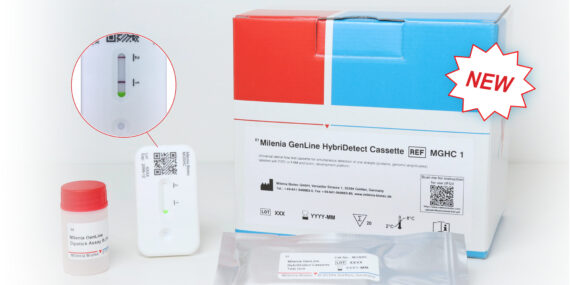02/12/2025
The years fly by, and a lot happened in the scientific world of diagnostics in the last few years. We are more than happy that our HybriDetect product line is still up to date and…









